When to harvest rhubarb - Experts explain how to know when rhubarb is ready
Choose the right time for the perfect rhubarb crumble
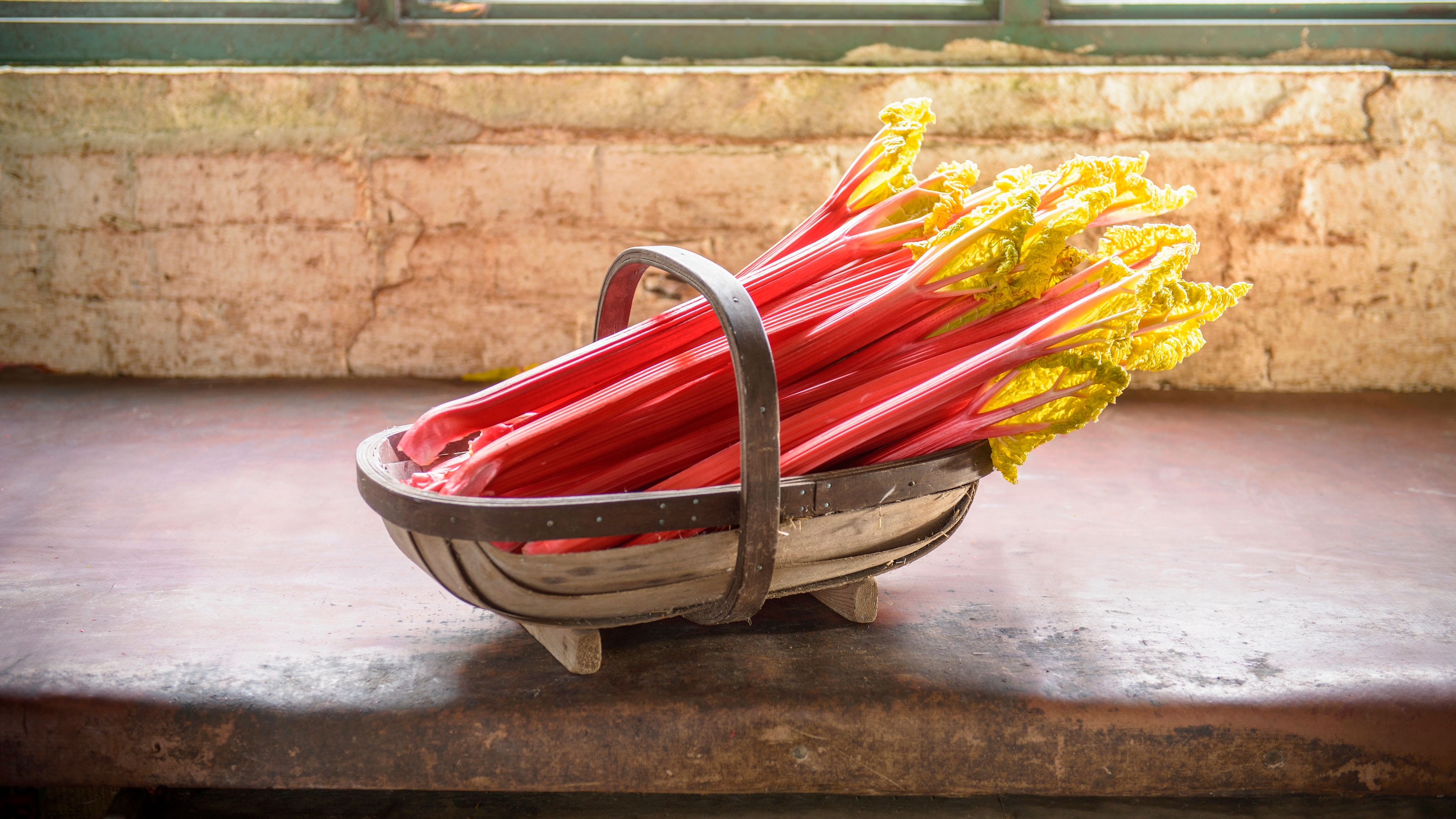

Rhubarb is a common ingredient in fruity crumbles, sweet treats, and cocktails, but it might surprise you to learn that rhubarb is actually a vegetable. And if you’re planning on growing this vegetable at home, you should also know when to harvest it.
Yes, if your garden ideas include a fruit and vegetable patch, then growing rhubarb is a safe and easy option. Not only is it incredibly fast-growing, but it’s also incredibly low-maintenance - and you can even grow rhubarb in pots. But anyone who has ever tasted rhubarb before it’s ready will know just how sour and tart it can be.
That’s why knowing when to harvest rhubarb is just as important as knowing when to plant rhubarb. If you choose the wrong time, you’ll not only affect the taste of the rhubarb, but you’ll also affect the future growth of the plant.
When to harvest rhubarb
Harvesting homegrown produce is an exciting prospect for any gardener, but patience is key when harvesting rhubarb. In fact, you need to wait a few years before harvesting rhubarb for the first time.
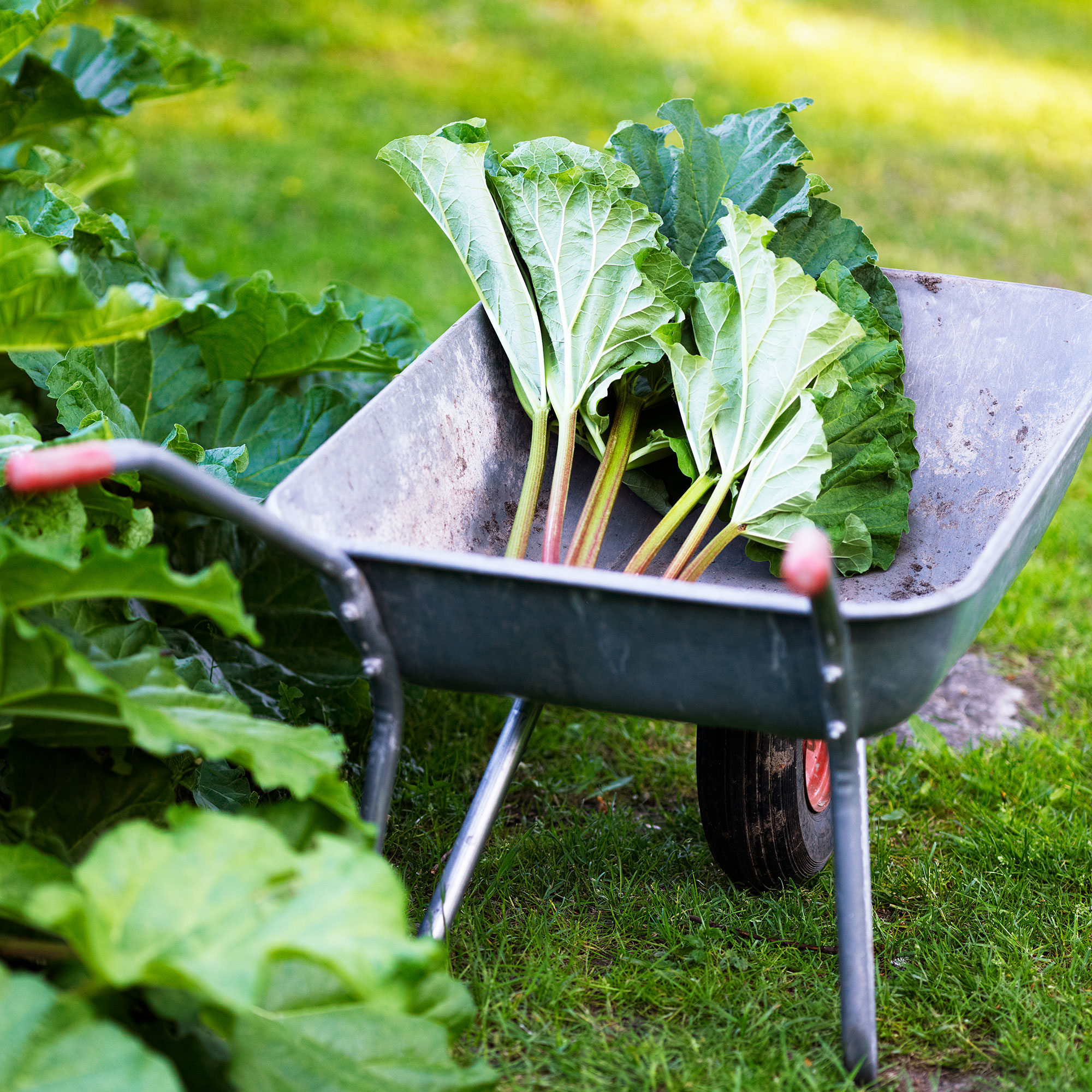
Budget Seeds' gardening expert, Craig Morley, says, ‘If you have newly planted rhubarb, avoid harvesting stalks in the first year as this can potentially reduce the vigour of the plant. To make the plant last longer and grow strong, pick only a few stalks the following year. After this, the rhubarb plant should be well-established enough to be harvested normally.’
The general rule of thumb states that you should only start harvesting your rhubarb properly when it’s three years old. Then, it’s all about choosing the right time of year and looking for the tell-tale signs of ripeness.
In terms of timing, it’s best to harvest rhubarb in spring. Steve Chilton, garden expert at LeisureBench, explains, ‘Rhubarb should be ready to harvest anywhere from spring to early summer, so around April-May/very early June time. Of course, this completely depends on the variety, and there are some earlier and later varieties that will be ready at different times.’
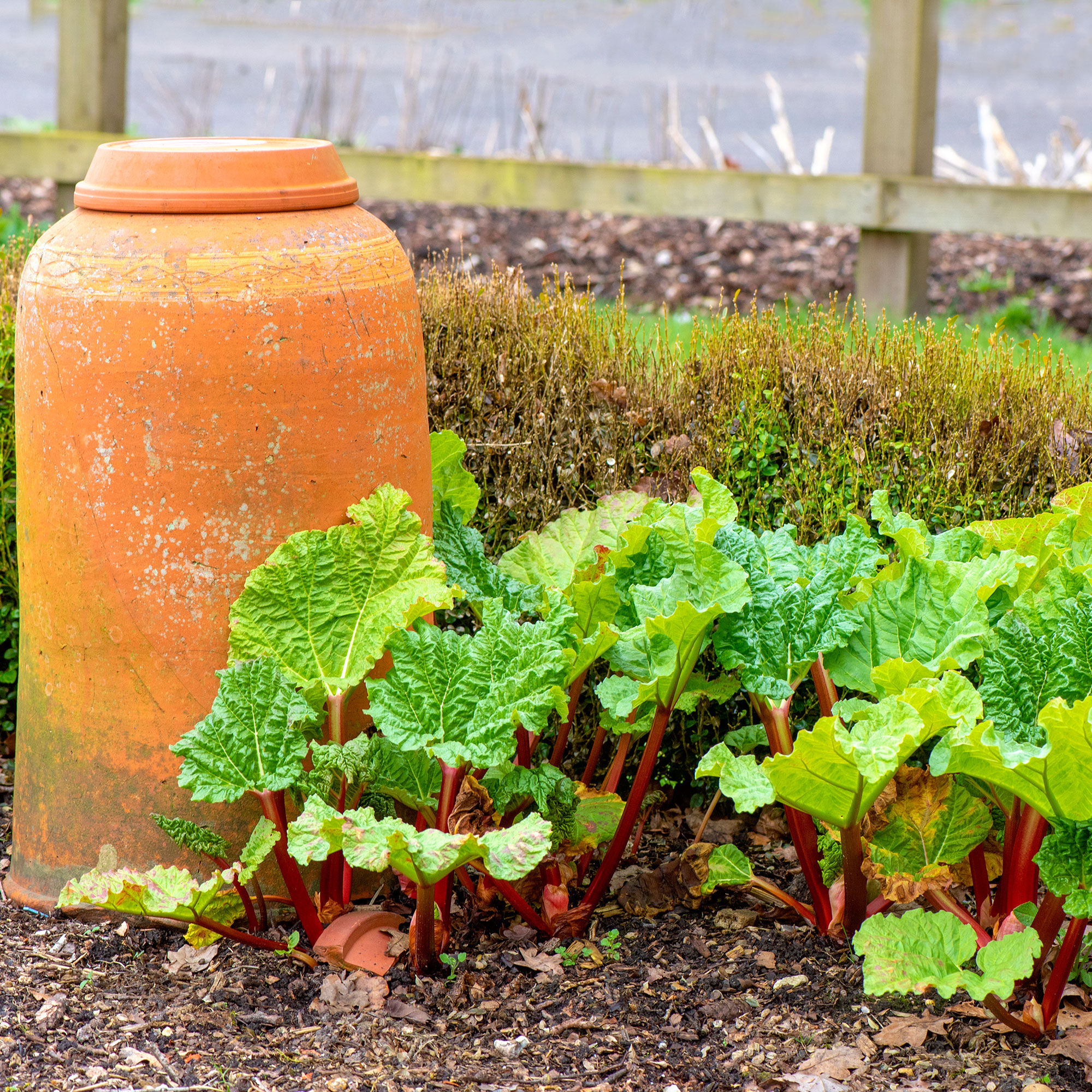
But while the window to harvest rhubarb is pretty wide, you should also inspect the rhubarb to spot the visual signs that it’s ready to harvest. This is when the stalks are over 25-30cm long. If they’re less than 25cm long, you should wait a few more weeks before prepping the topping for your rhubarb crumble.
Another telltale sign that rhubarb is ready to be harvested is the leaves. If they’ve recently unfurled themselves, the stalks are ready to be picked. However, it’s also important to note that, unlike carrots and cauliflowers, you cannot eat the leaves of rhubarb. You should only eat the stems, as the leaves are incredibly poisonous.
Of course, many people assume that they have to wait for the stalks to turn red before harvesting rhubarb - but this is totally dependent on the variety of rhubarb you’ve planted. In some cases, you should wait until the stalks turn red for the perfect amount of sweetness, but some rhubarb varieties won’t turn red at all and will stay green.
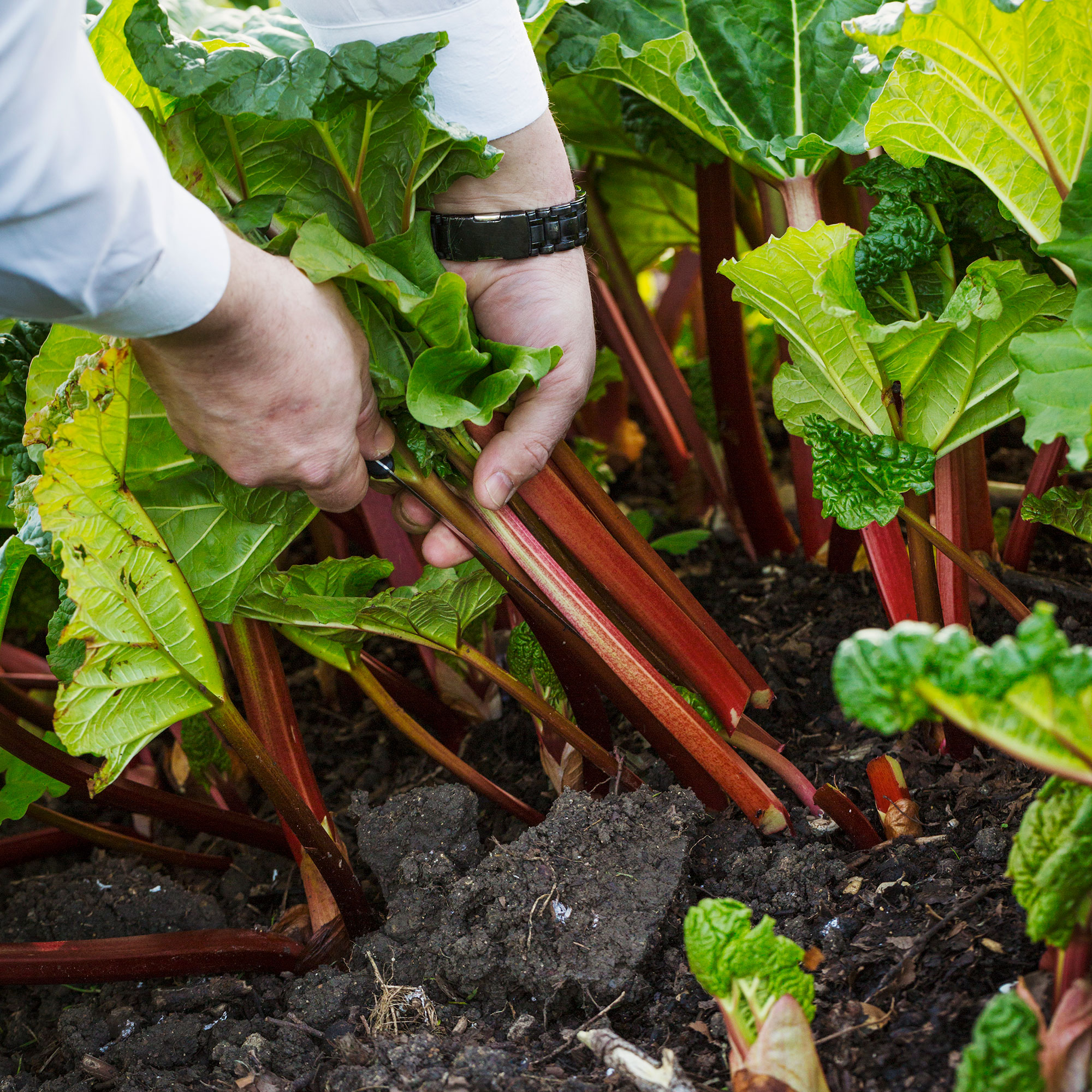
With this in mind, the size of your rhubarb stems matters most when it comes to harvesting rhubarb and knowing when rhubarb is ready to be picked. And when you’re ready to harvest, the process couldn’t be simpler.
‘To harvest rhubarb, you need to gently hold the base and pull,’ explains Steve. ‘You might have to twist at the stalk slightly to remove it from the plant, and I recommend only harvesting a few stalks from a plant at a time in order to ensure the plant stays healthy and can continue to grow more stalks.’
However, it’s important to wrap up your rhubarb harvest by May or early June at the latest, which is why harvesting rhubarb is one of the best jobs to do in the garden in May.
Craig says, ‘Even though the stems of a rhubarb plant will remain edible into the summer, it is best to stop harvesting around June or reduce the amount of stalks that you are taking, as this can weaken the plant. By mid-summer, the stalks of the plant may become tough and stringy.’

Steve is a passionate and knowledgeable garden expert with several years of experience within the field and has developed strong expertise for all things nature and plants. Steve is a keen educator and loves to share this knowledge with others. He strives to simplify complex garden practices and encourage eco-friendly gardening.
FAQs
How do you know when rhubarb is ready to pick?
The easiest way to know when rhubarb is ready to pick is to look at the size of the stalks and the state of the leaves. If the stalks are over 30cm long and the leaves have recently unfurled themselves, this is a clear sign that they are ready to be harvested.
However, if your rhubarb plant is less than three years old, you should avoid harvesting it within these early years. Instead, wait until it is more established to ensure a fruitful harvest for the next decade.
When can I dig up and move rhubarb?
Rhubarb can grow and spread incredibly quickly, which means it can overpower your fruit and vegetable patch in no time. If you’re not happy with the placement of your rhubarb and want to give it more space to spread out, you can dig it up and move it during its dormant period.
While you can plant in the late autumn and winter months, it’s best to wait until early spring to transplant rhubarb. You should aim to complete this job before new growth starts to form.
How do you ripen green rhubarb?
Contrary to popular belief, green rhubarb might not need ripening. Many varieties of rhubarb are green and will never actually turn red.
In other cases, you may find that you have largely green stems, with a hint of red here and there. Because of this, it’s better to base a rhubarb’s ripeness on the size of the stalks and the state of the leaves.
Steve says, ‘The colour of the rhubarb differs per variety and condition, so don't worry too much about its colour, although it's often at its brightest when ready to harvest.’
So, how’s your rhubarb coming along?
Get the Ideal Home Newsletter
Sign up to our newsletter for style and decor inspiration, house makeovers, project advice and more.

Lauren Bradbury has been the Content Editor for the House Manual section since January 2025 but worked with the team as a freelancer for a year and a half before that. She graduated with a Bachelor’s degree in English and Creative Writing from the University of Chichester in 2016. Then, she dipped her toe into the world of content writing, primarily focusing on home content. After years of agency work, she decided to take the plunge and become a full-time freelancer for online publications, including Real Homes and Ideal Home, before taking on this permanent role. Now, she spends her days searching for the best decluttering and cleaning hacks and creating handy how-to guides for homeowners and renters alike, as well as testing vacuums as part of her role as the Ideal Home Certified Expert in Training on Vacuums, having spent over 110 hours testing different vacuum models to date!
-
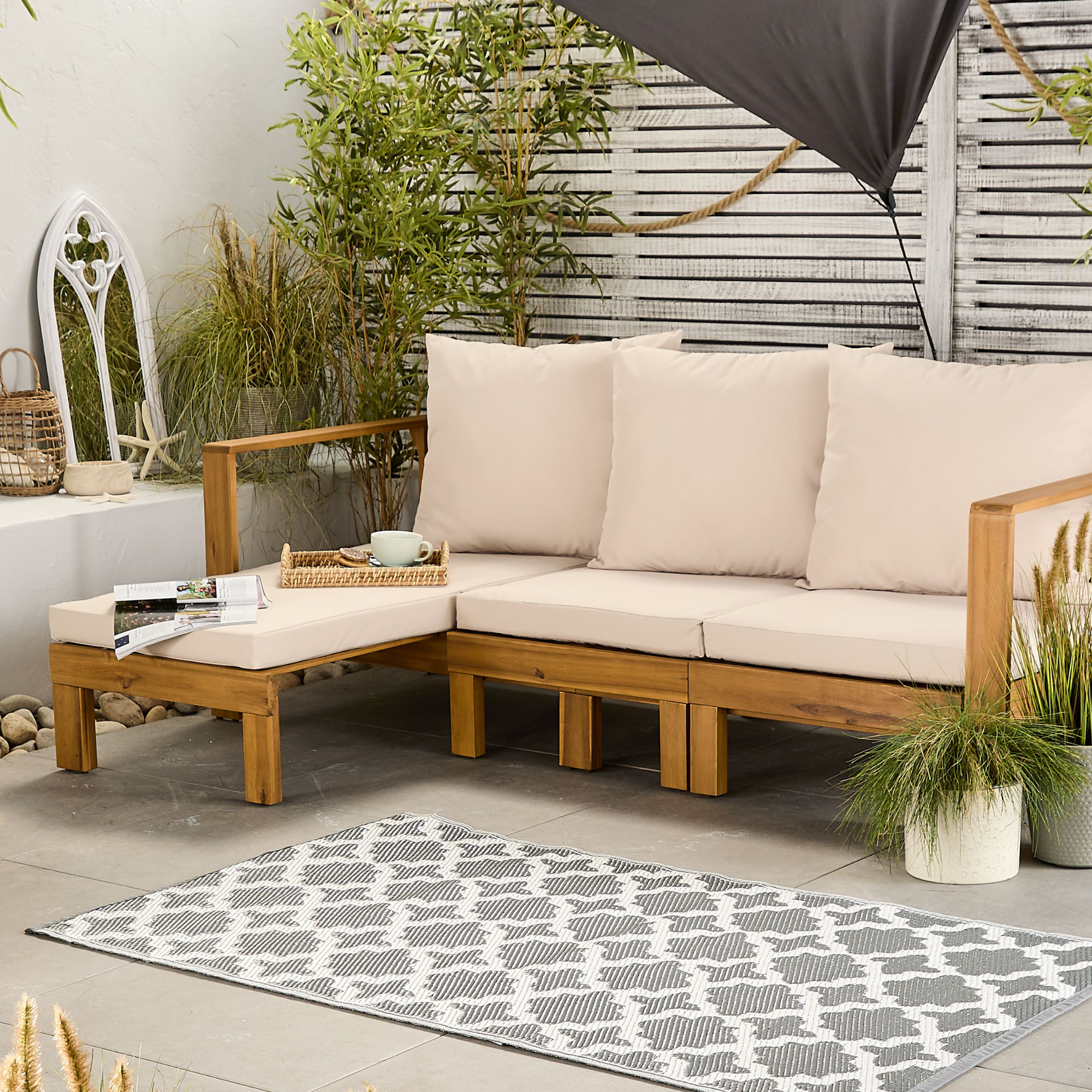 Aldi is launching a £200 day bed with four different features - its sleek design is suited to the whole family
Aldi is launching a £200 day bed with four different features - its sleek design is suited to the whole familyYou don't want to miss out on this Specialbuy
By Kezia Reynolds
-
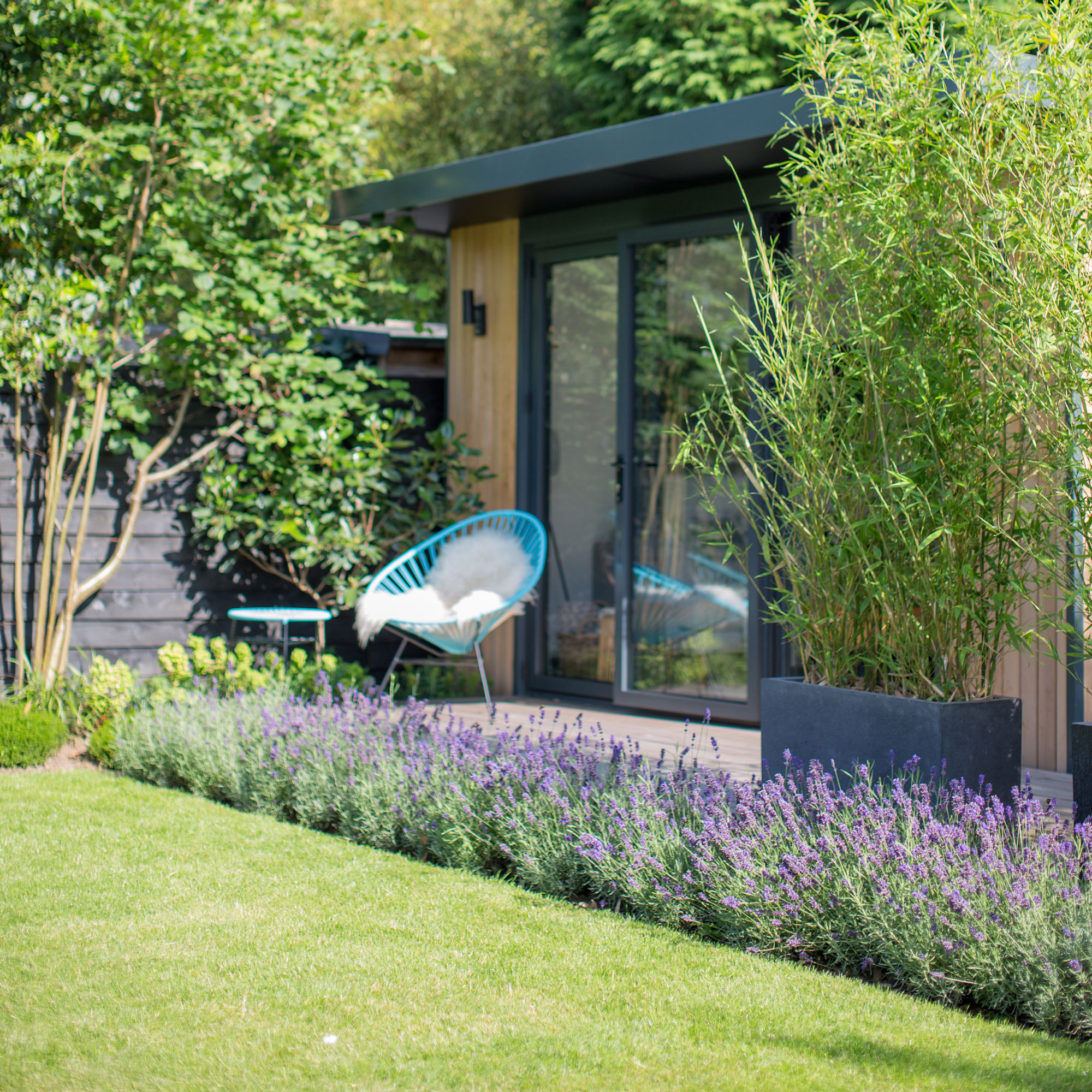 How to set up a drip watering system that saves water and a lot of effort
How to set up a drip watering system that saves water and a lot of effortKeep your plants hydrated (and your water bill down) with this clever garden watering solution
By Natalie Osborn
-
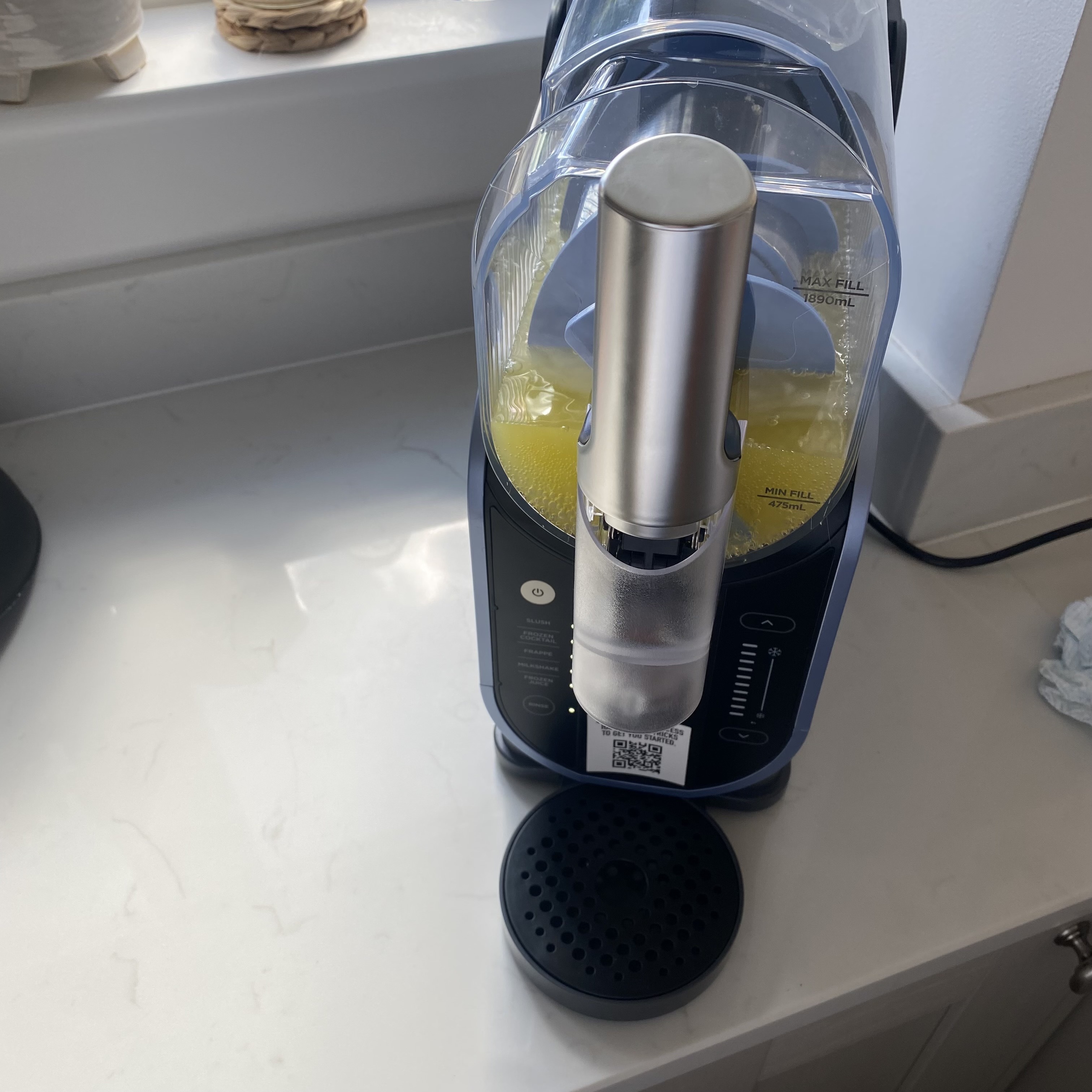 I unboxed the Ninja Slushi – here's what happened
I unboxed the Ninja Slushi – here's what happenedThe Ninja Slushi is the stuff of dreams for summer entertaining
By Molly Cleary